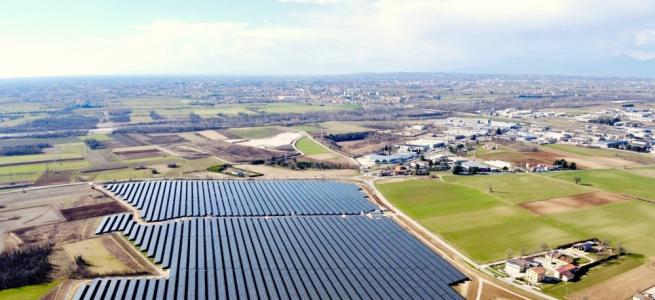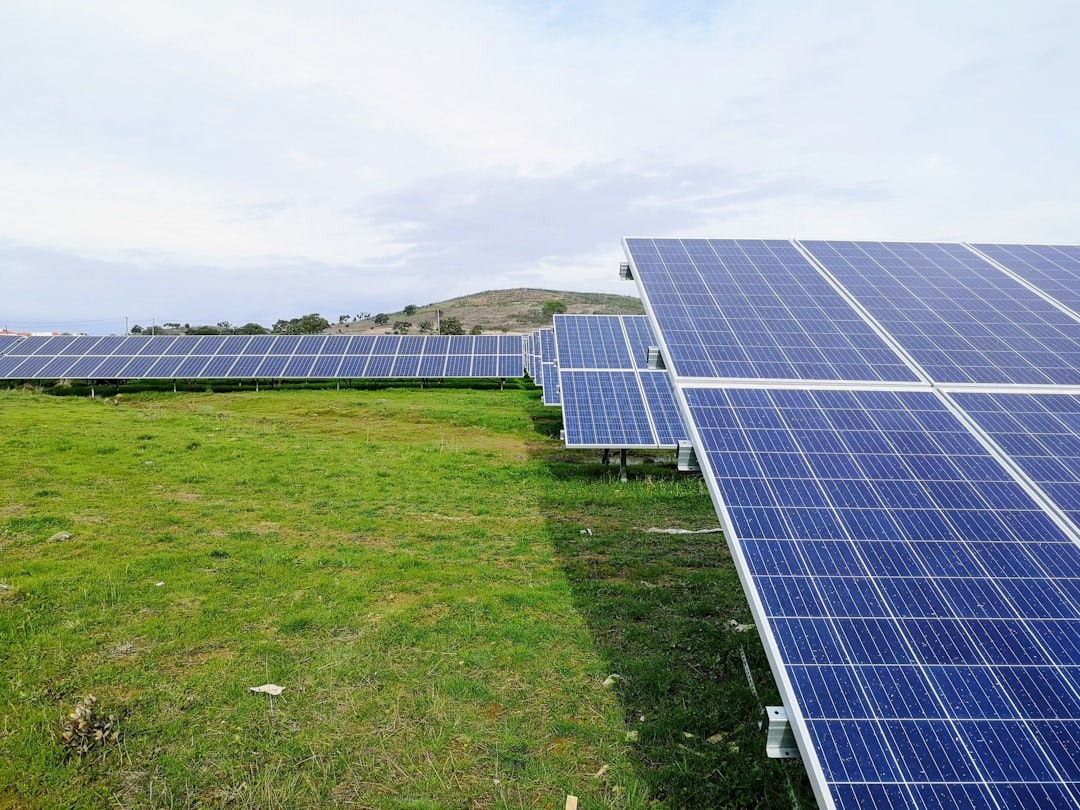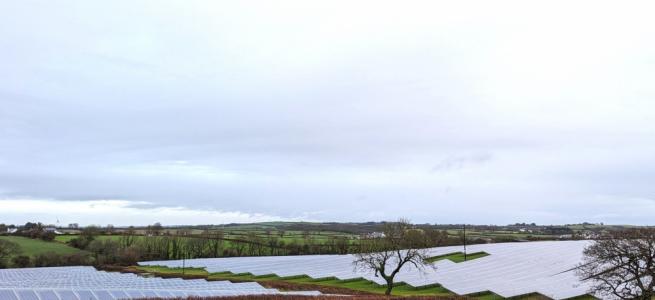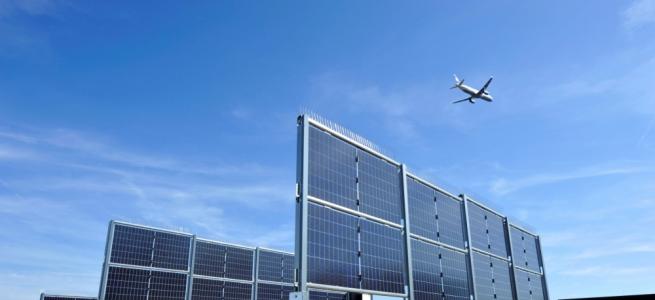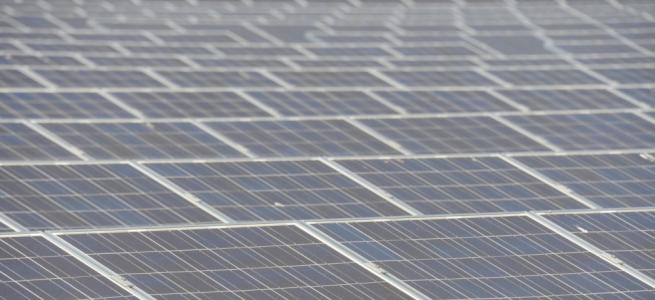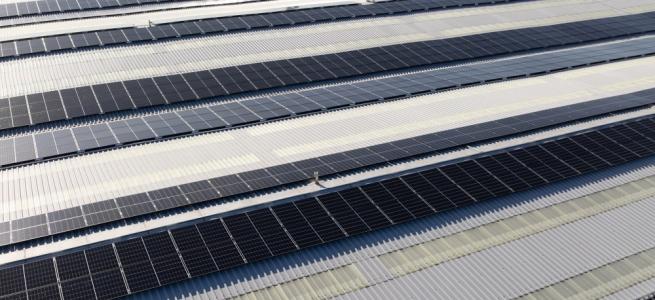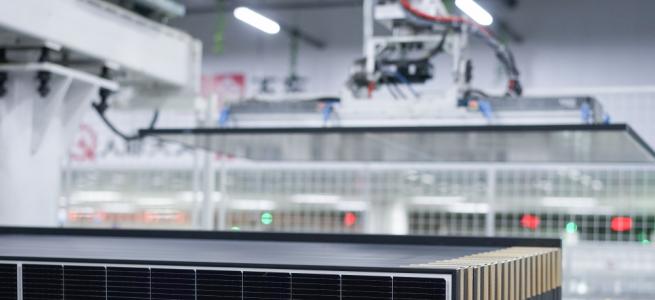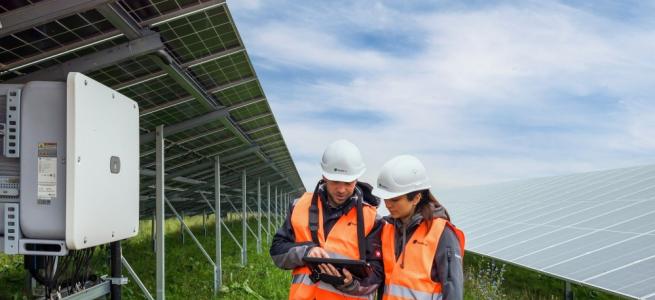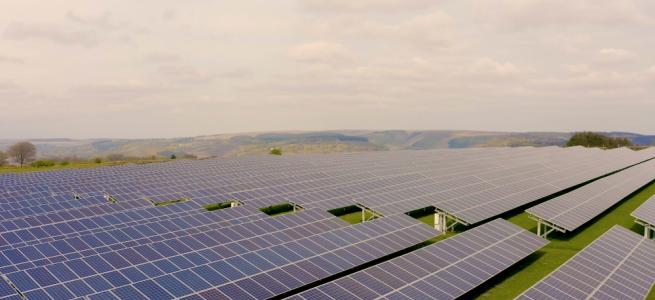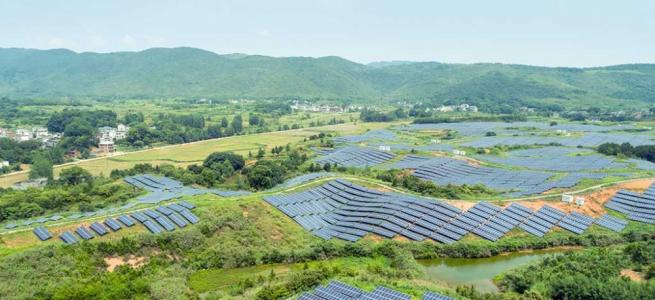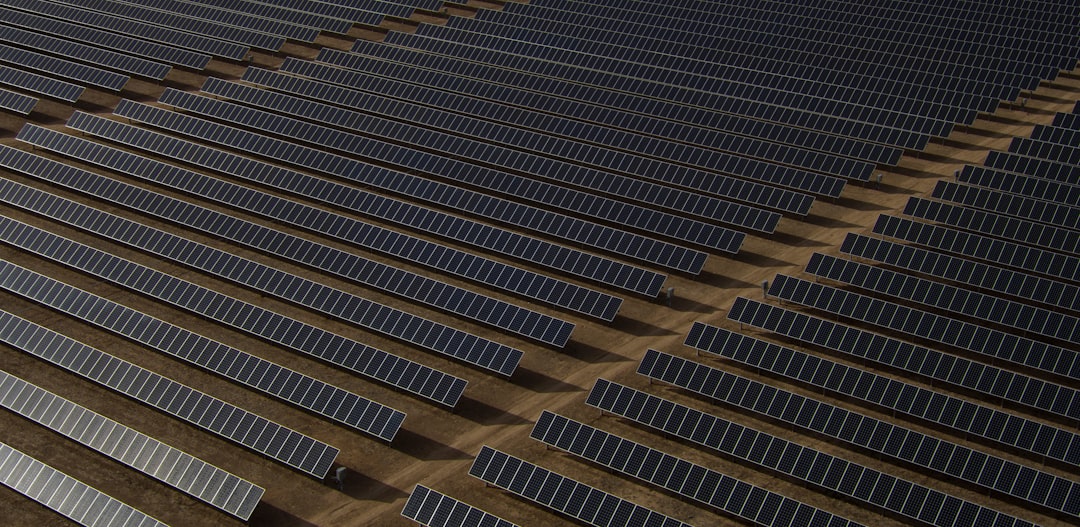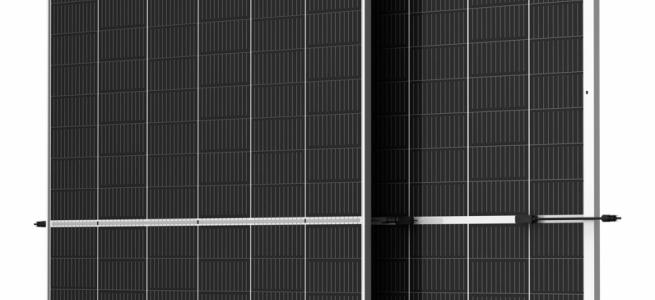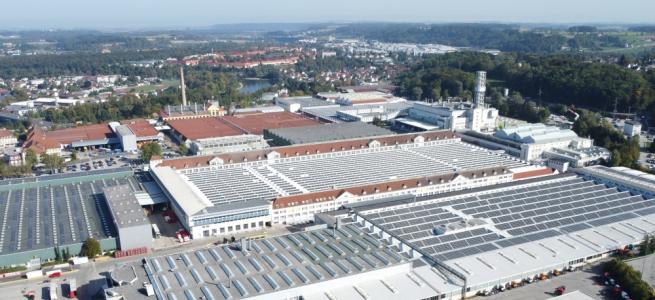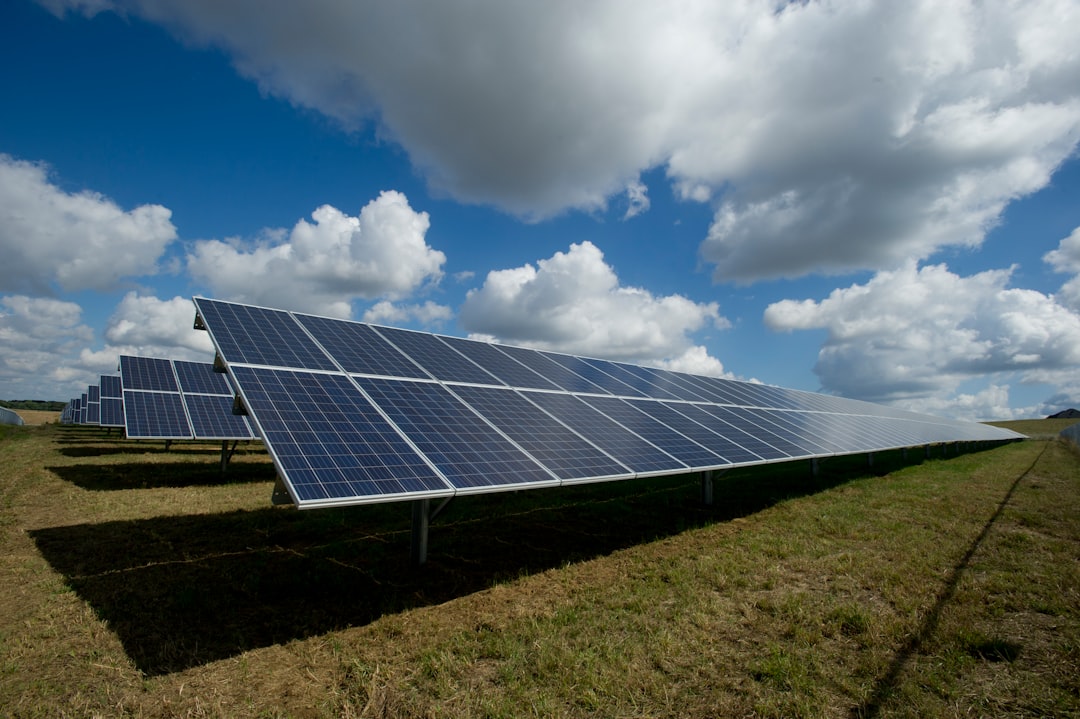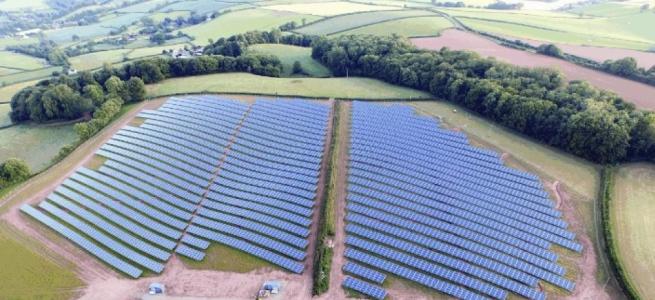Storage systems are key to the future of energy
The rapid growth and diversity of energy storage systems signals their emergence as linchpin components of fossil-fueled and renewable energy grids, ensuring double-digit growth through 2025, analysts say.
Energy storage is fast becoming the technology around which both "˜old school' electric power utilities and renewable energy advocates can agree: batteries are the future and that future is hot.
Energy storage has come a long ways in a short while. In 2016 the amount of utility-connected storage deployed totaled a bit over 1.3 GW, according to researchers at IHS Markit, who project that annual deployment of grid-connected storage will reach 8.8 GW by 2025, taking the cumulative installed base to 52 GW. Find complete details in their latest report, "IHS Markit Grid-connected Energy Storage Market Tracker."
Part of the reason for the rapid ascent of energy storage is technological advancement paired with market forces driving down prices. Growth is also due to benefits that cross traditional, centralized energy generation territory and those of renewable, decentralized power generation platforms.
Consider the UK's Energy Storage Network and its call for 2 GW in storage capacity by 2020 to frequency balance power loads "“ that goal will likely be reached in 2017, almost three years early. Mainstream governmental agencies including the Business, Energy and Industrial Strategy (BEIS) agency and regulator Ofgem (Office of Gas and Electricity Markets) support storage as well, according to James Court of the Renewable Energy Association (REA). Court said recently that the differences between policy makers mostly settle along two lines: one camp sees storage as a short-term necessity while the rest tend to view it as a future requirement, yet all agree that utility-scale storage is needed. According to IHS Markit Senior Analyst for Energy Storage, Julian Jansen, the emergence of storage as a distinct and important component of global energy markets has been building for some time. Jansen's group has monitored stationary storage as a distinct market since 2013, and as part of the renewable energy/traditional electric utility "˜overlap' for years previously.
Jansen said the relatively rapid growth of energy storage in recent years came about for many reasons including the evolving nature of the technology (batteries, power management software, manufacturing capacity and so forth.) These factors enabled dramatic price decreases since 2012.
The tendency to link the growth of storage wholly to the success of intermittent renewables (wind power, photovoltaic (PV) energy, etc.) is a mistake, says Jansen, who notes that to fully appreciate the phenomena one needs to look at the overall picture of how energy generation and consumption is changing. For example, even in markets with relatively low PV penetration legacy utility companies appreciate that energy storage has benefits for them, whether it is frequency balancing and load leveling, or reserve power for unexpectedly high demand periods.
"Energy storage can be seen as a key enabler for widespread penetration of intermittent renewables; however, explicitly linking energy storage only to renewables oversimplifies the picture. Especially as energy storage costs are coming down, the technology increasingly provides crucial balancing services and helps support constrained transmission and distribution networks," Jansen remarked. "Another area of growth is microgrids, which have been a buzzword for years. It's really now that battery energy storage has come down so much in cost that we can expect widespread adoption of microgrids for renewable integration, reduction of diesel consumption and the ability to island local electricity networks," he stated.
The expectation that storage will emerge as a significant component across global energy markets is creating economic opportunities; IHS Markit projects that storage spending will grow. Jansen's group focuses on grid-connected storage options, noting that this segment alone will be valued at USD $7 billion in eight years"”a 16 percent compound annual growth rate. While many factors contribute to the rise of storage in both traditional and renewable energy generation systems, falling battery prices and increases in quality, power density and reliability have been major factors, Jansen noted. One of the biggest changes has come in the way that lithium-ion (Li-ion) batteries have improved while costs fell 70 percent since 2012. Researchers predict Li-ion costs will fall below USD $200/kWh by 2019.
"Really, it's a range of factors, but by far the greatest is investment in Li-ion manufacturing capacity and R&D to improve performance, reduce cost, increase energy density, etc. This is particularly driven by investments to take advantage of the growing EV opportunity and the respective need for Li-ion batteries, which is the strongest driver in the future. We are also seeing heavy support and drive in countries such as South Korea and especially China into future battery manufacturing capacity," Jansen remarked.
As storage emerges as a "˜next step' in the evolution of power generation and consumption, some may wonder if growth projections can be realized without the subsidies that enabled the global renewable energy surge. While the discontinuance of subsidies did negatively affect residential solar/PV markets, at the same time the quality increase of photovoltaic components over the same period, plus better grid-scale financing options, led to the growth of utility-scale PV plants. Market forces that drove down the cost of solar panels in a similar fashion affect batteries and power management systems. Since energy storage benefits both traditional and renewable energy consumers, the lack of subsidies does not appear to adversely affect the viability of storage as a market.
"The discontinuance of subsidies has been one major factor (in the decline in PV growth across Europe and elsewhere,) but by no means, not the only one. Other major factors are: (1 AD/CVD duties from late 2013 that reduced module availability and maintained higher prices in Europe than in other regions, making solar less competitive without subsidies. (2 Retroactivity measures for older installations (reducing project IRR) in several countries that generated widespread investor lack of trust on renewables, which moved investment to other areas, and finally (3 it takes time to move from a FIT scheme to a tender scheme. In addition, even in countries with very good solar irradiation and high electricity prices, that is, countries with good conditions for so-called grid parity, the legal framework did not allow for such tenders or for creating independent IPP; it has taken time to change laws to bring new opportunities for solar projects," he remarked.
Making storage an important aspect of future energy generation and transmission is emerging as a key success metric for groups interested in renewable and traditional energy generation. The REA's James Court called energy storage "˜The Great White Hope' for restoring growth in the UK energy sector after many renewables segments, and in particular solar PV, have been hit by support cuts from the government coupled with the type of investor insecurity that cutbacks tend to foster. Storage systems "“ approved by renewables advocates as well as mainstream power utilities, could turn that around, many believe. In markets not as penetrated by photovoltaic and other renewable systems like the United States, Jansen said even faster growth is expected.
"Fundamentally in many US states the drivers (for storage growth) are unrelated to renewable growth and are what enables the US to be the leading market for energy storage growth in the short-term future. Key factors include: Early growth in the PJM market driven by the ability of energy storage to provide frequency regulation; the creation of energy storage mandates or targets in states such as California or Massachusetts (with many states looking to follow-suit)."
"The very specific rate structures in the US and especially in California have enabled the C&I market to emerge. For future growth in the residential sector the revision of NEM policies / structures will be crucial; the needs for peaking capacity, which are more pronounced than in Europe (the Aliso Canyon gas leak is the best example here.) Finally, there is generally a greater risk appetite by investors in the US, as well as greater funding available for start-ups. This can often enable companies to put together business models and scale up more quickly," he said. While focused on utility-scale storage requirements, Jansen also noted that the ability to store energy more efficiently and cheaply will impact residential markets as well.
"In the residential sector energy storage remains closely linked to solar PV -- the maximization of self-consumption and the customer taking control of their energy supply are the crucial drivers here. However, as companies such as Sonnen continue to build up VPPs and aggregating residential systems to provide demand response services a wealth of potential business models seems likely."
"In the long-term I believe that in the residential sector it is not about selling hardware (i.e. boxes with batteries,) but about selling integrated energy solutions to customers supporting the transition towards a distributed, low-carbon and digital energy system. Customer empowerment is key for the residential sector," he concluded.


